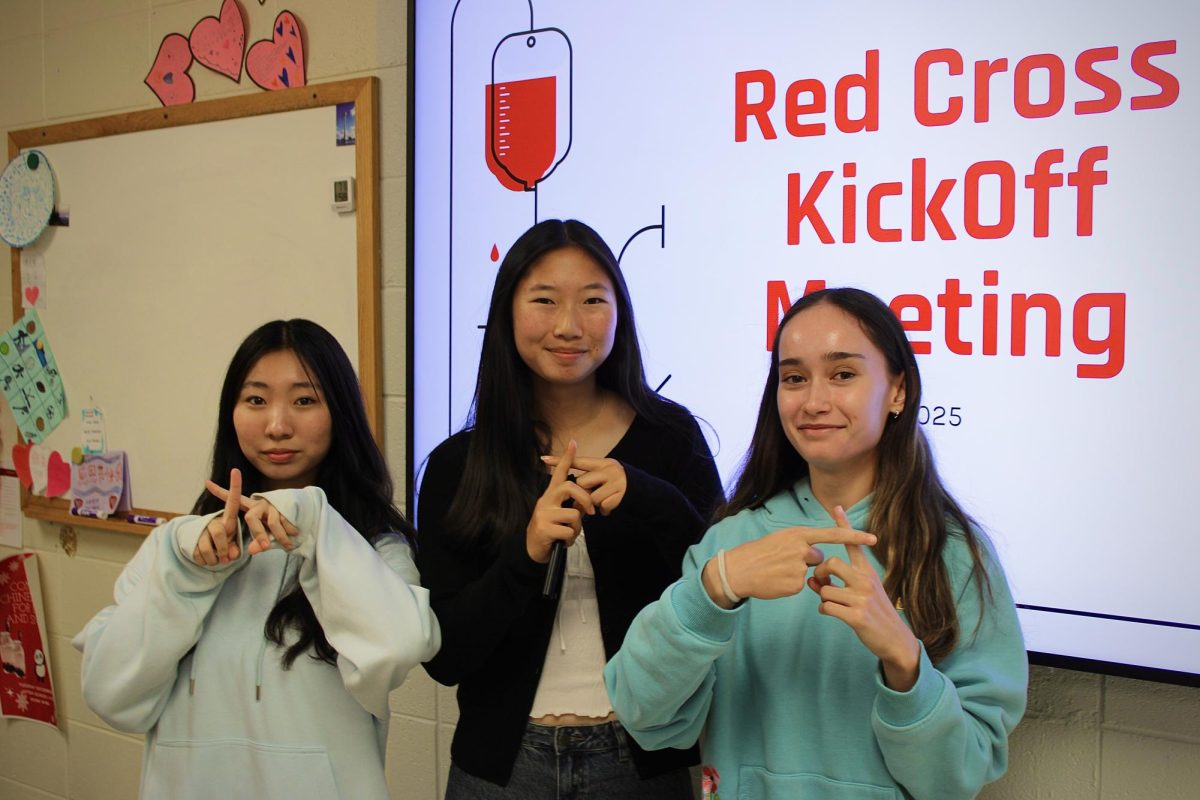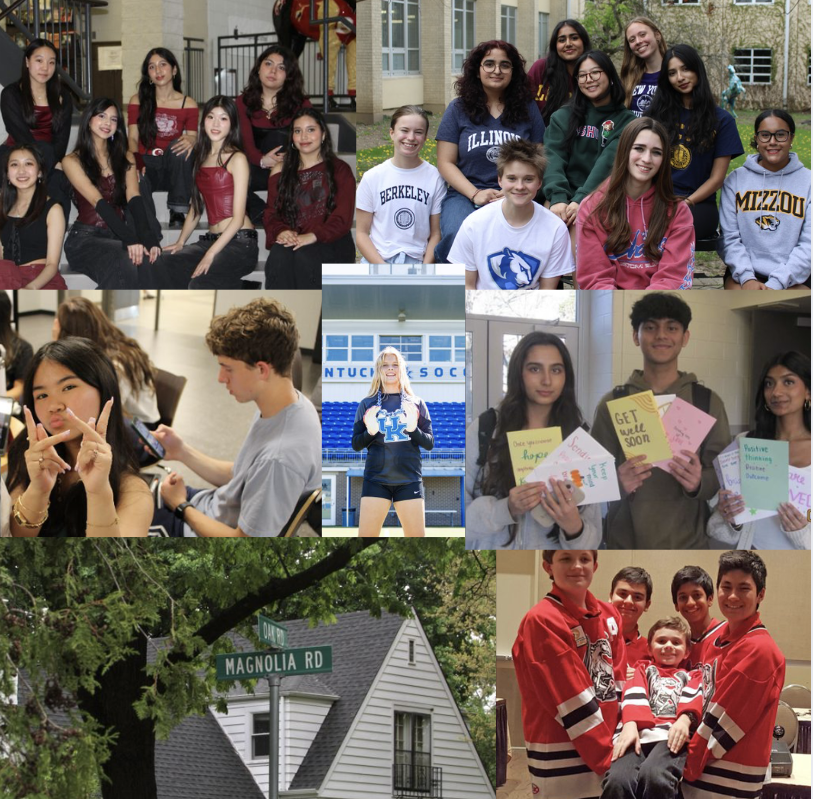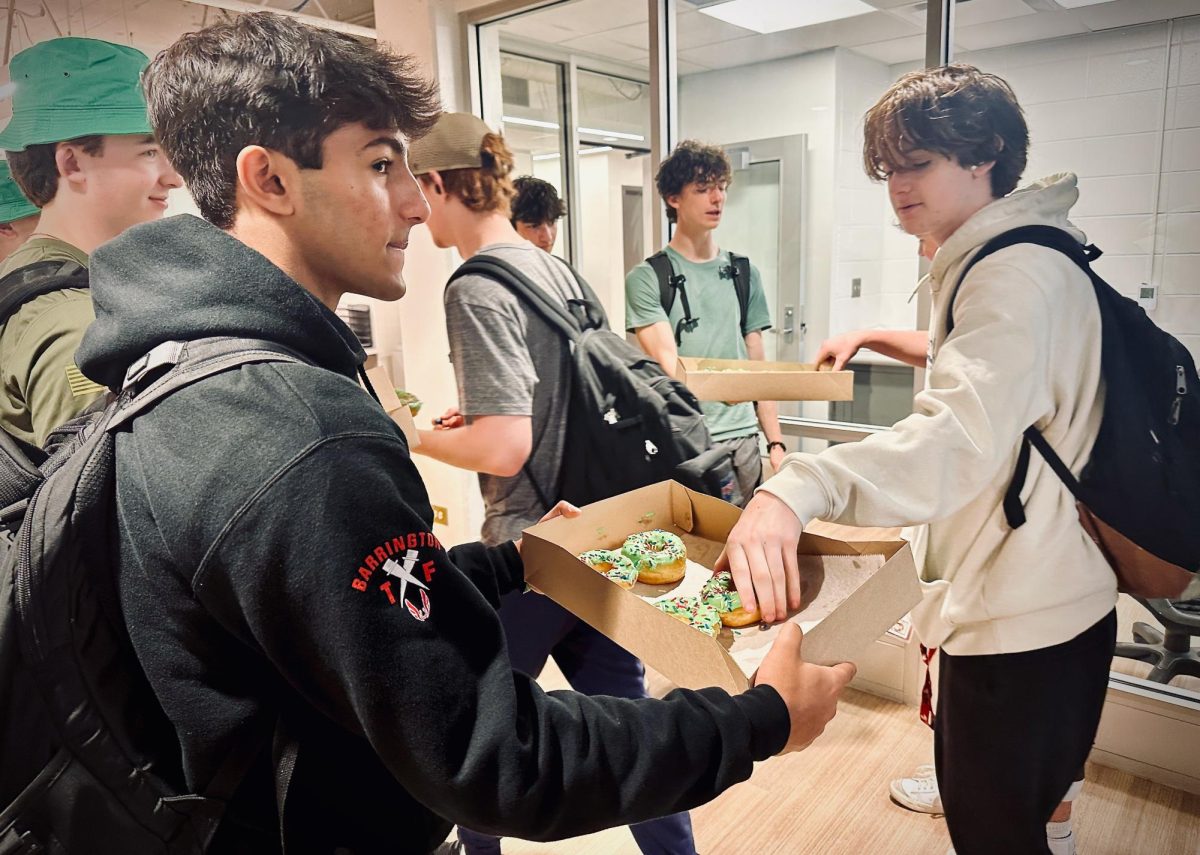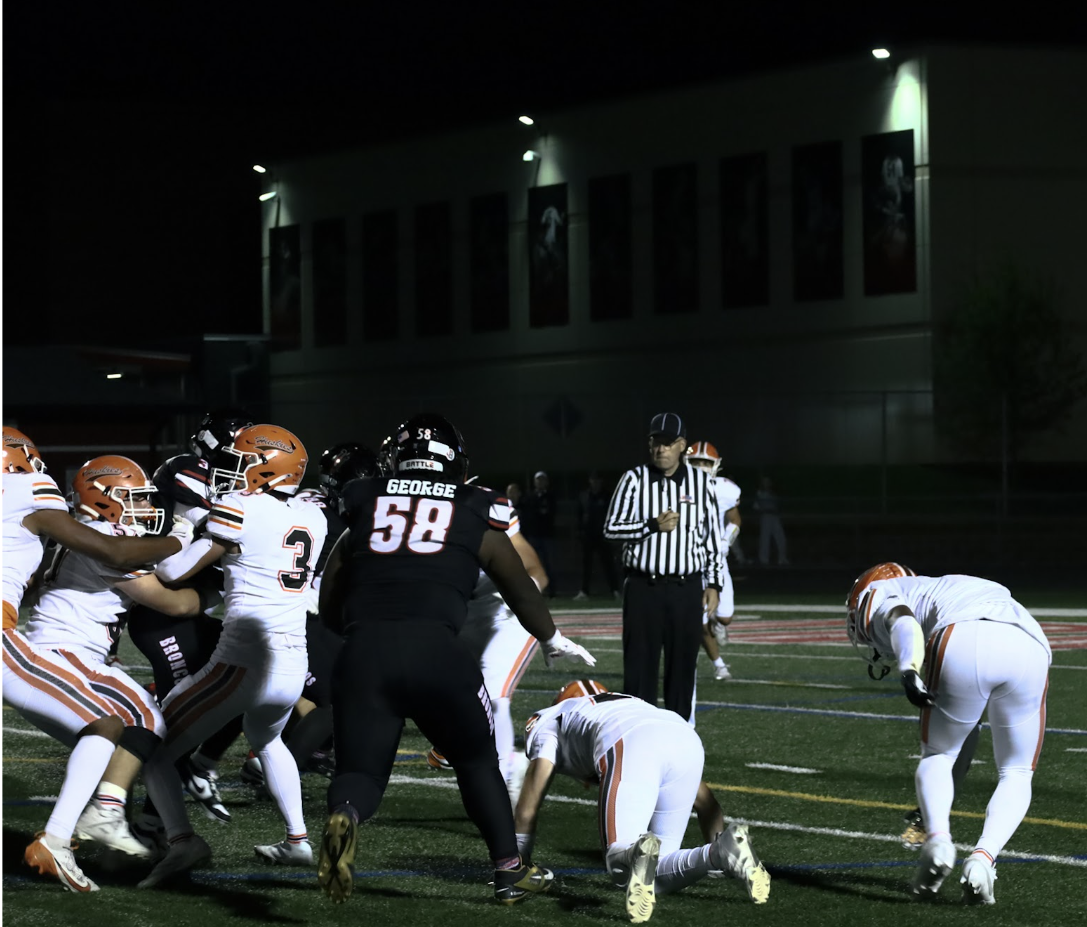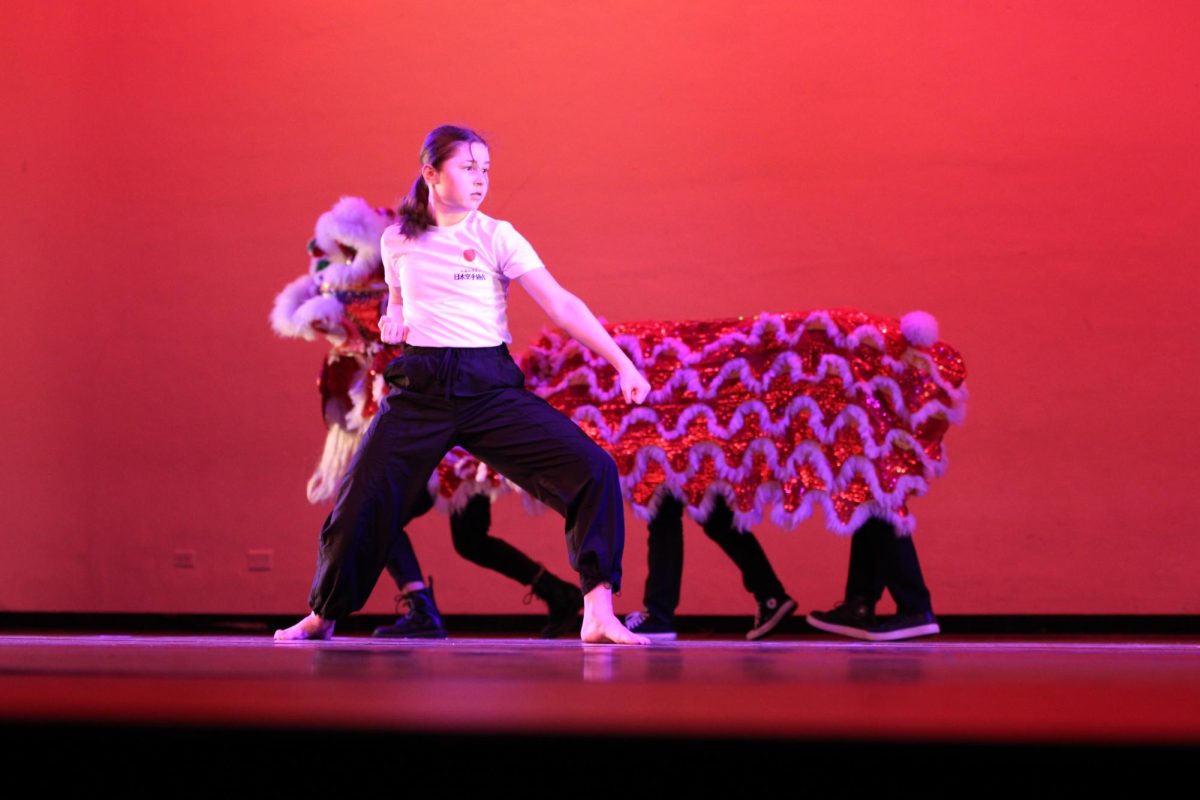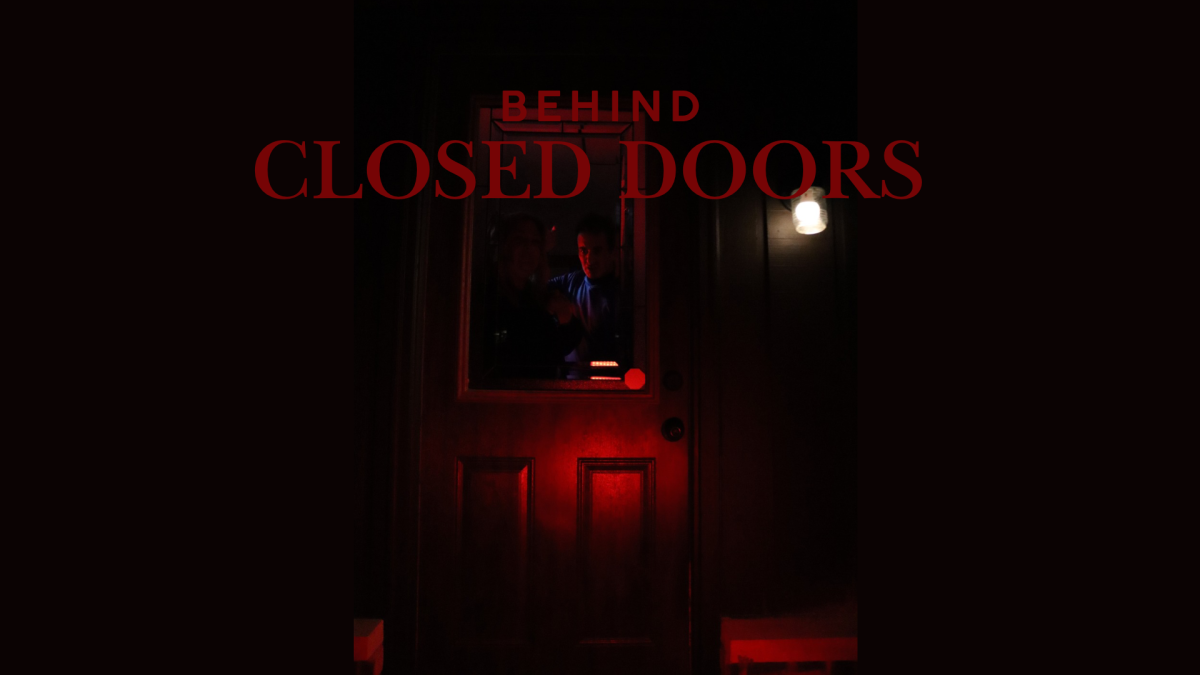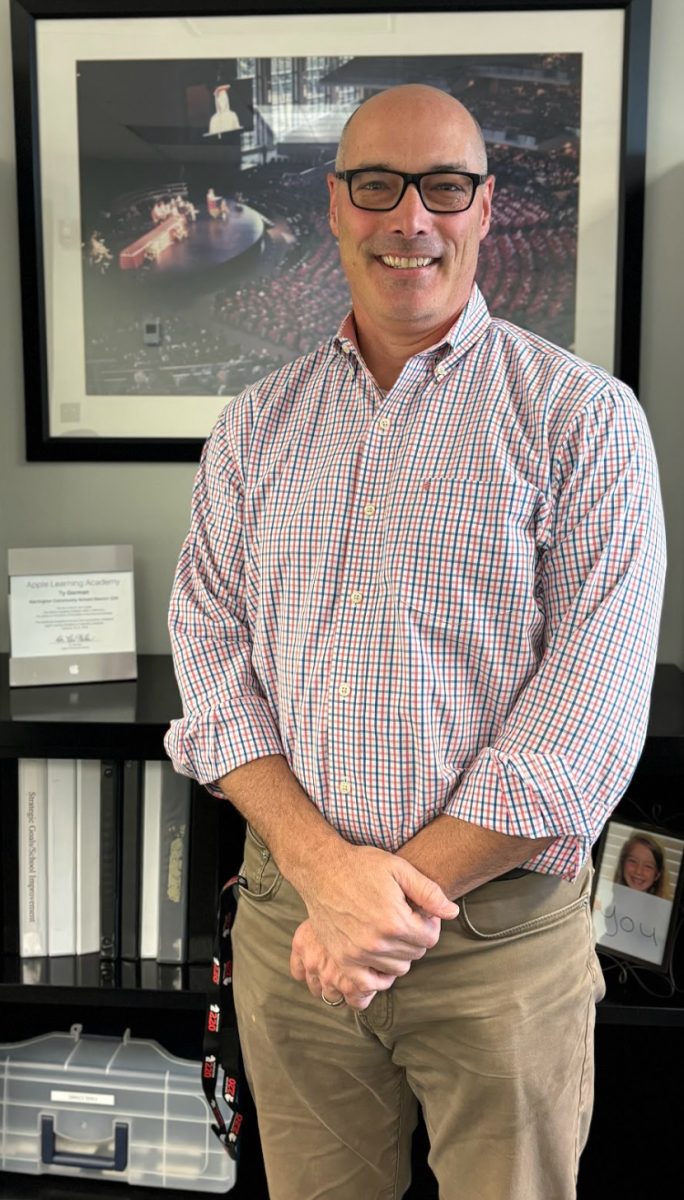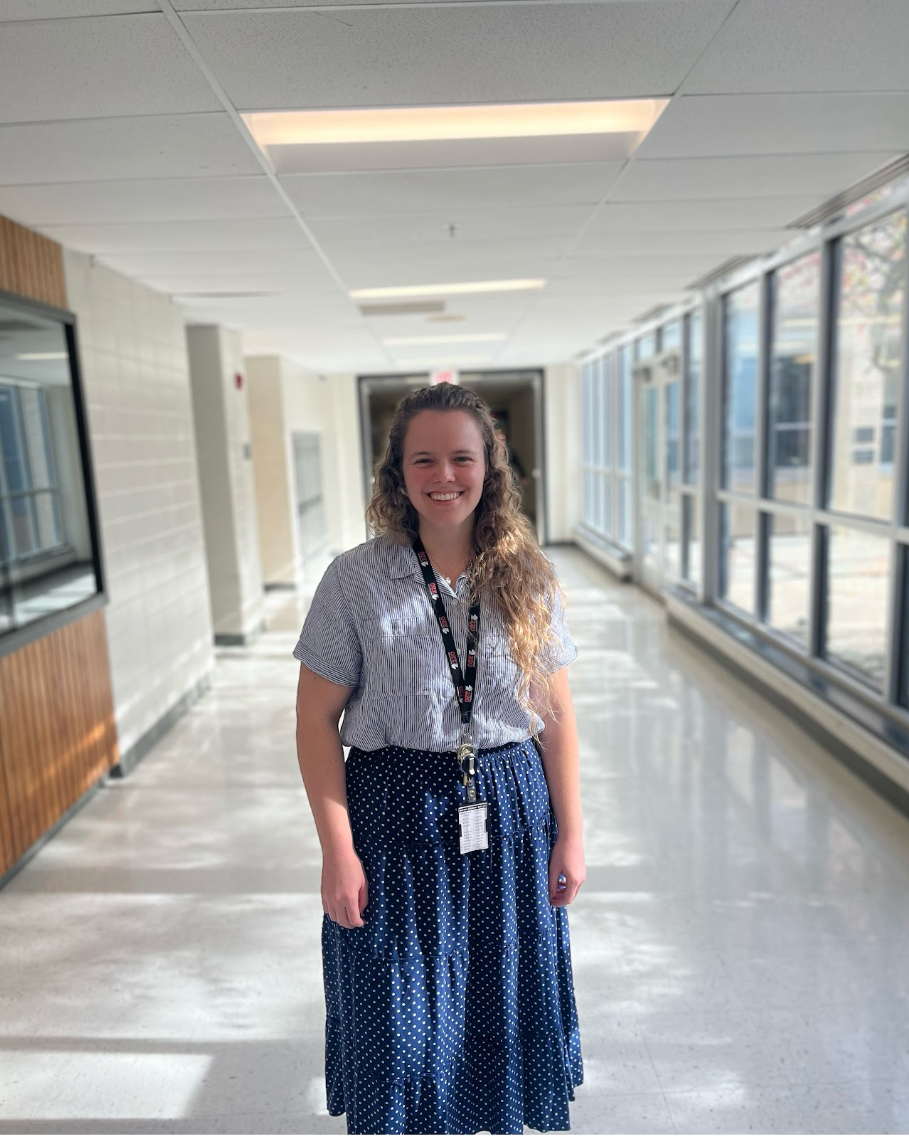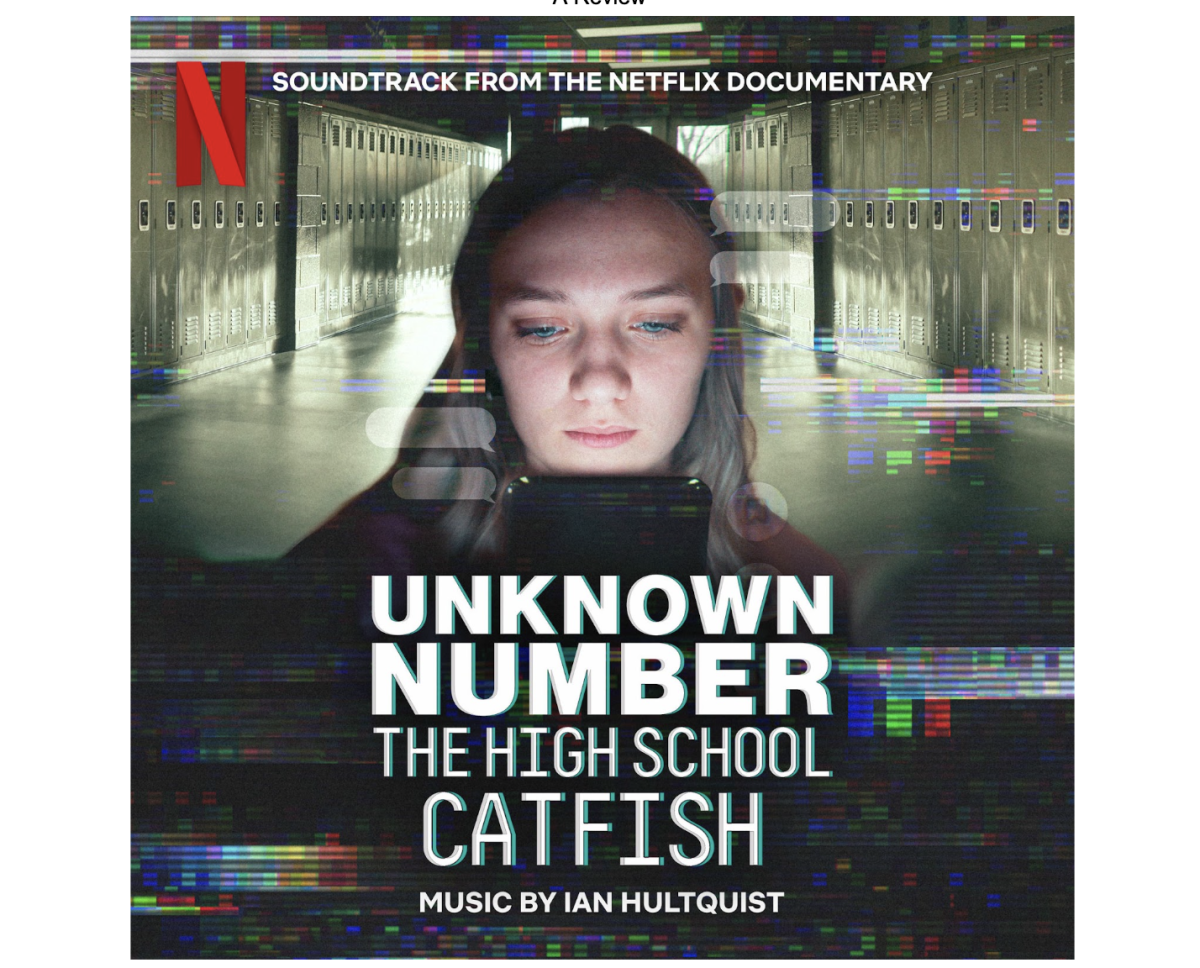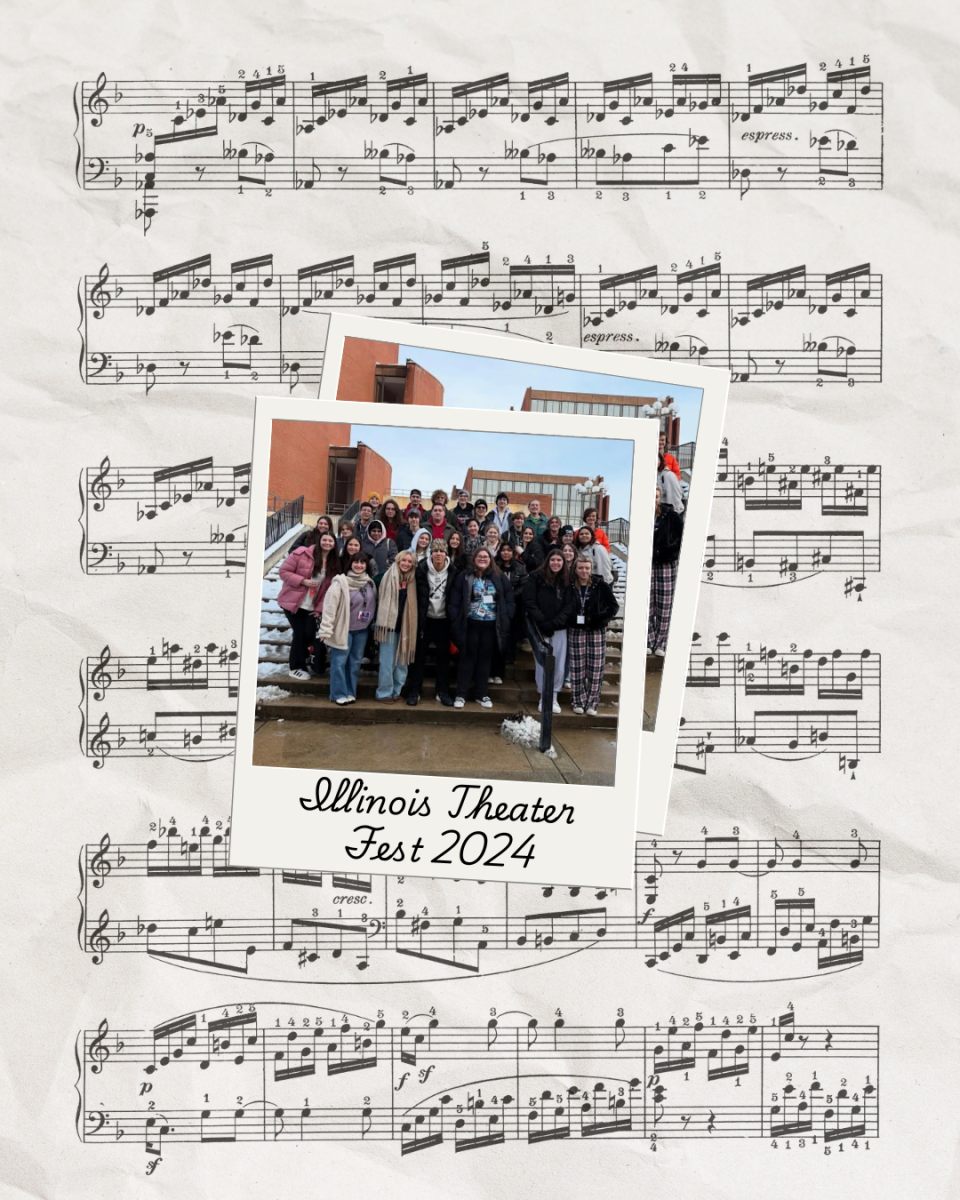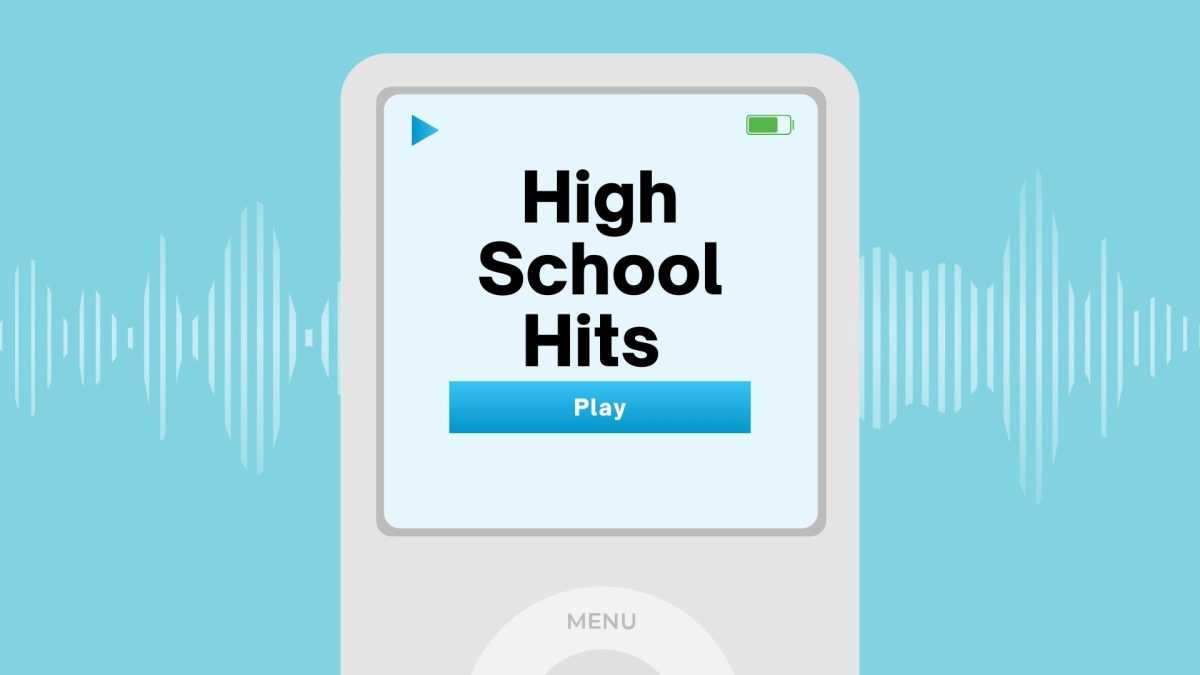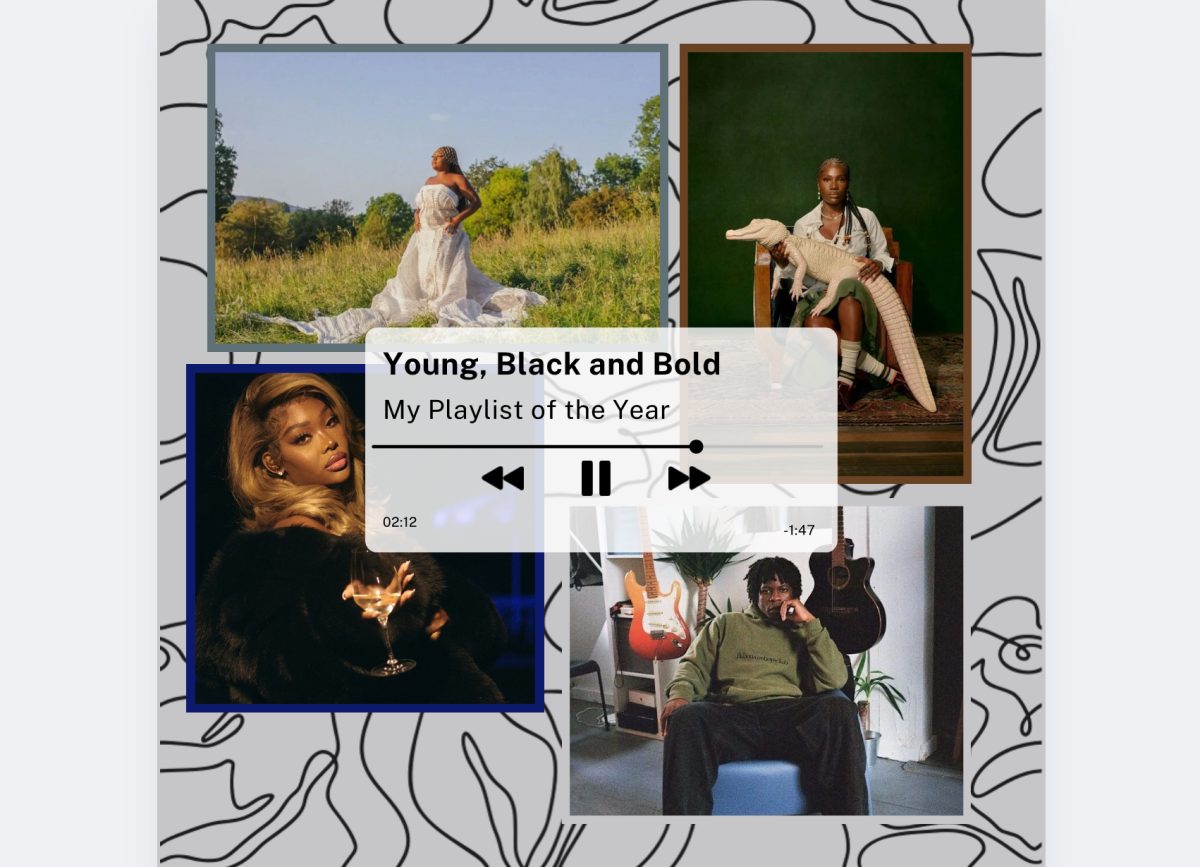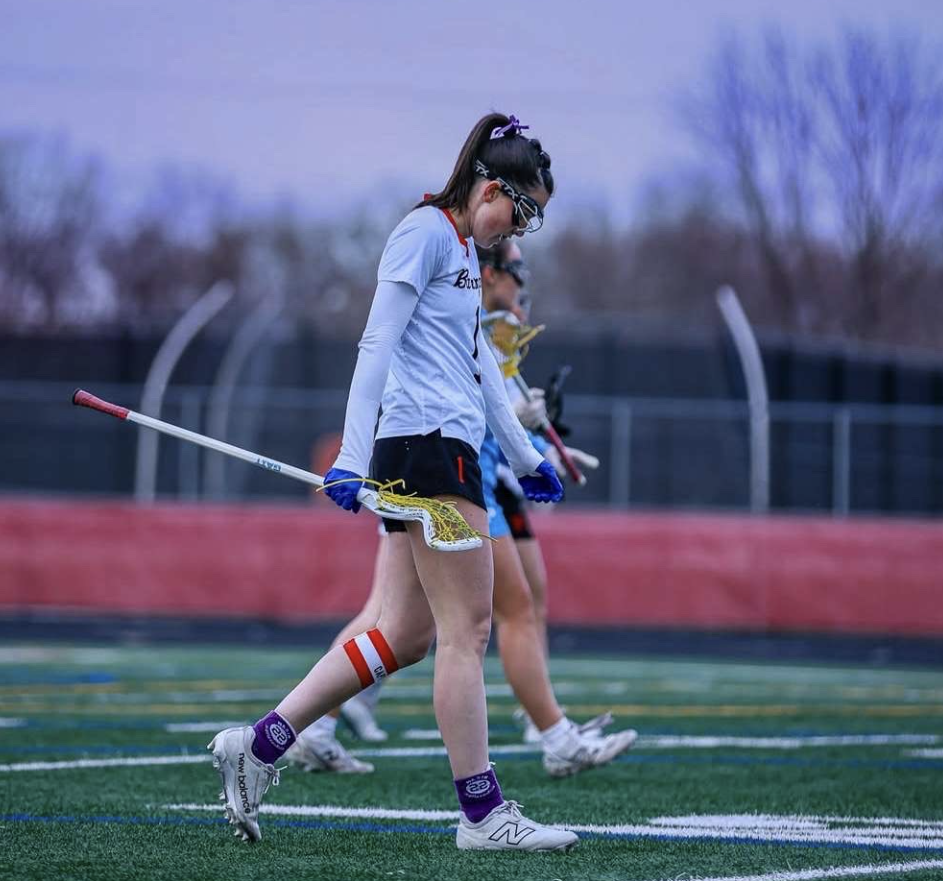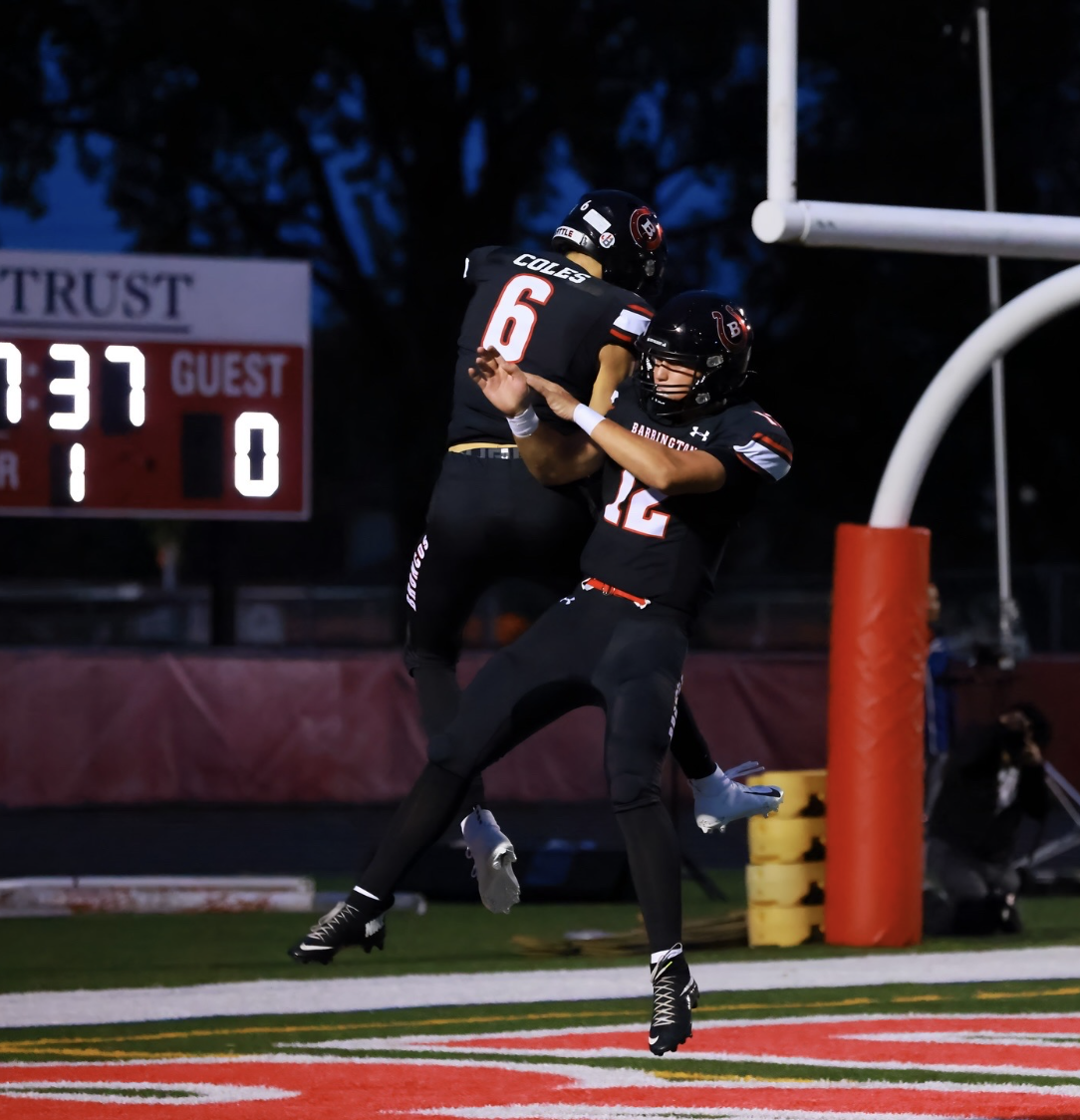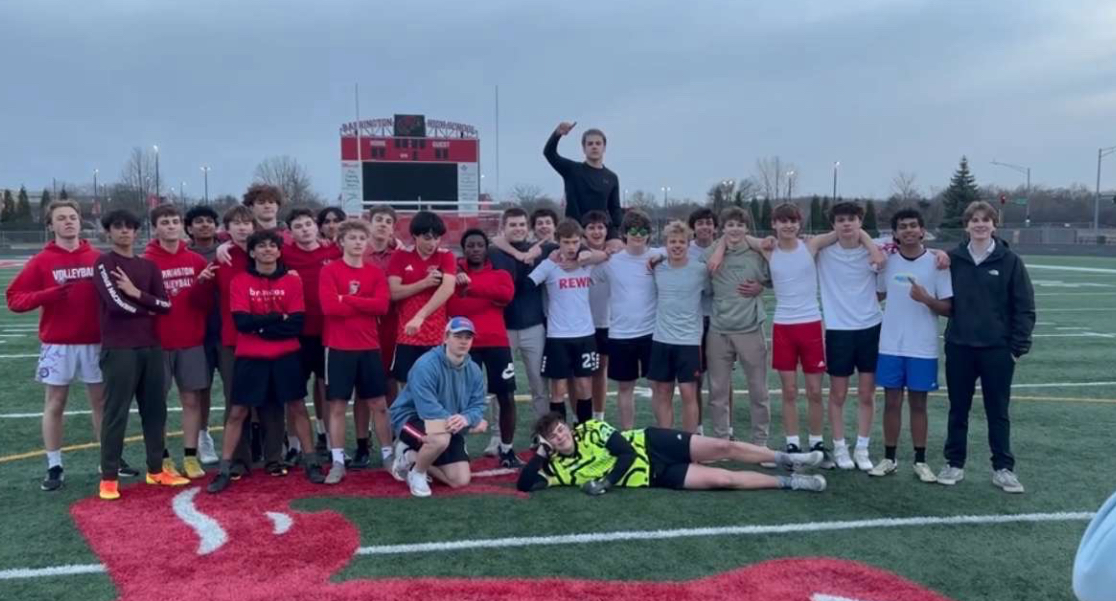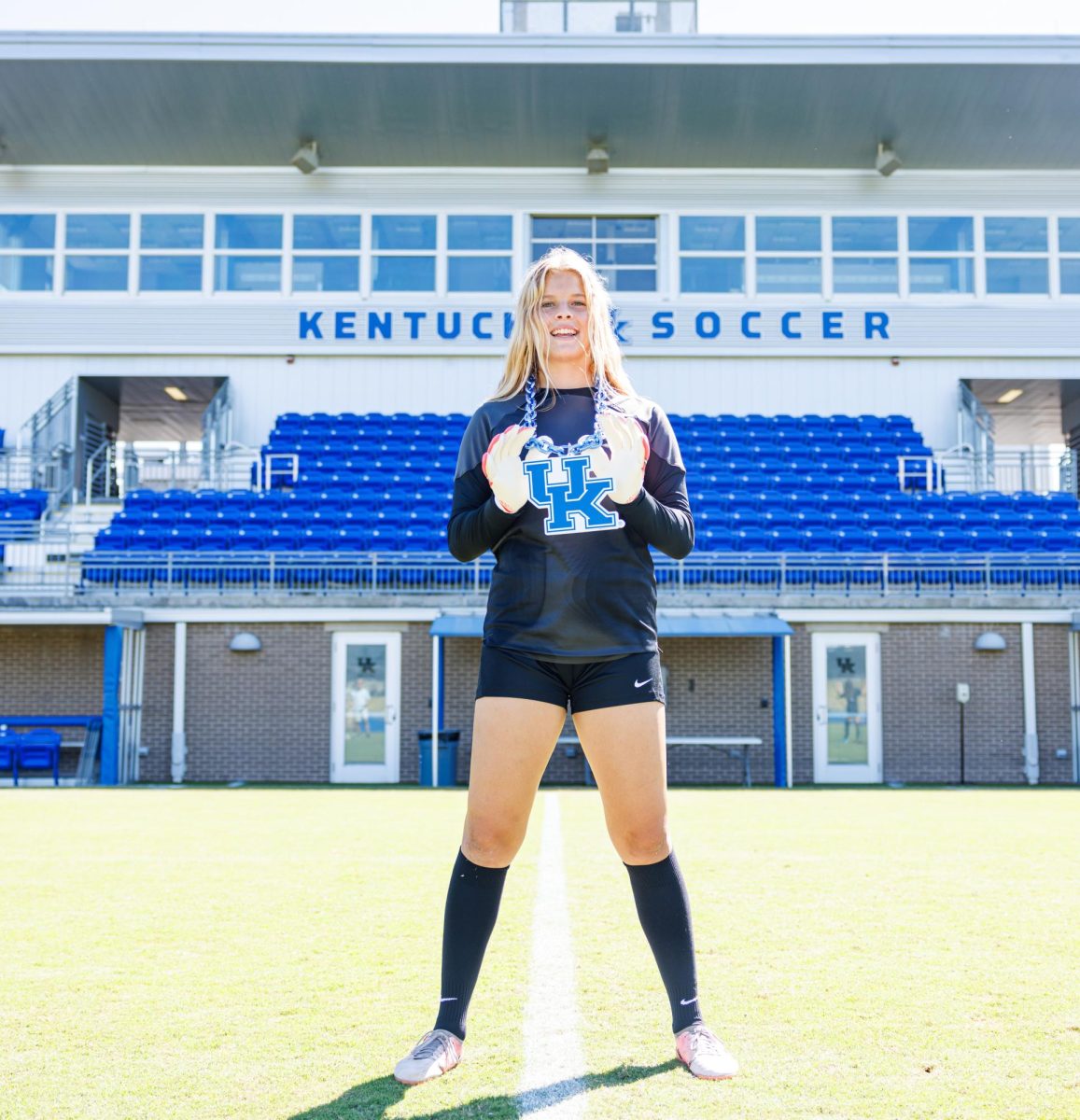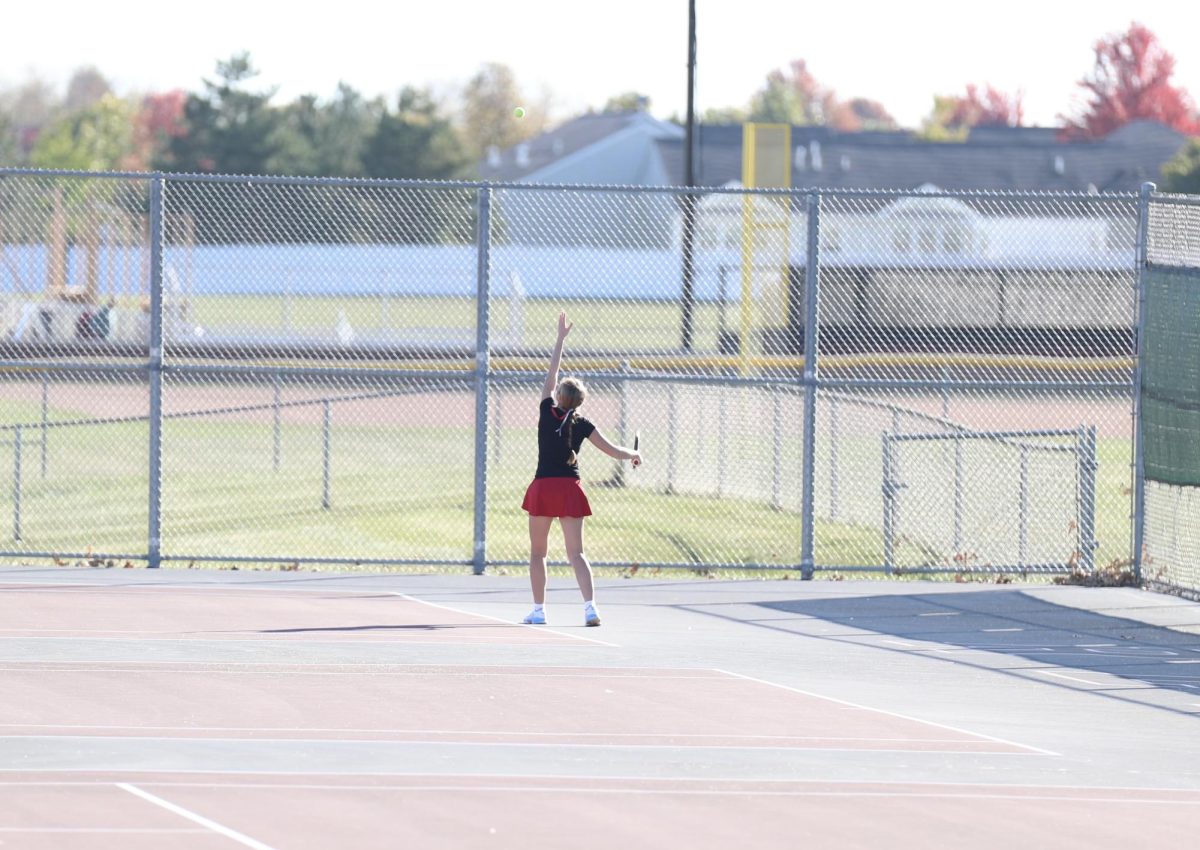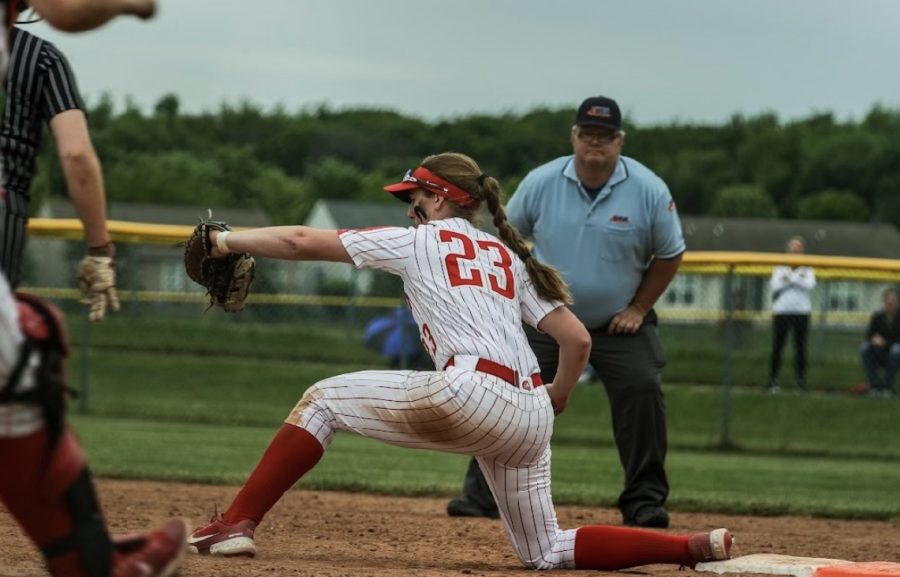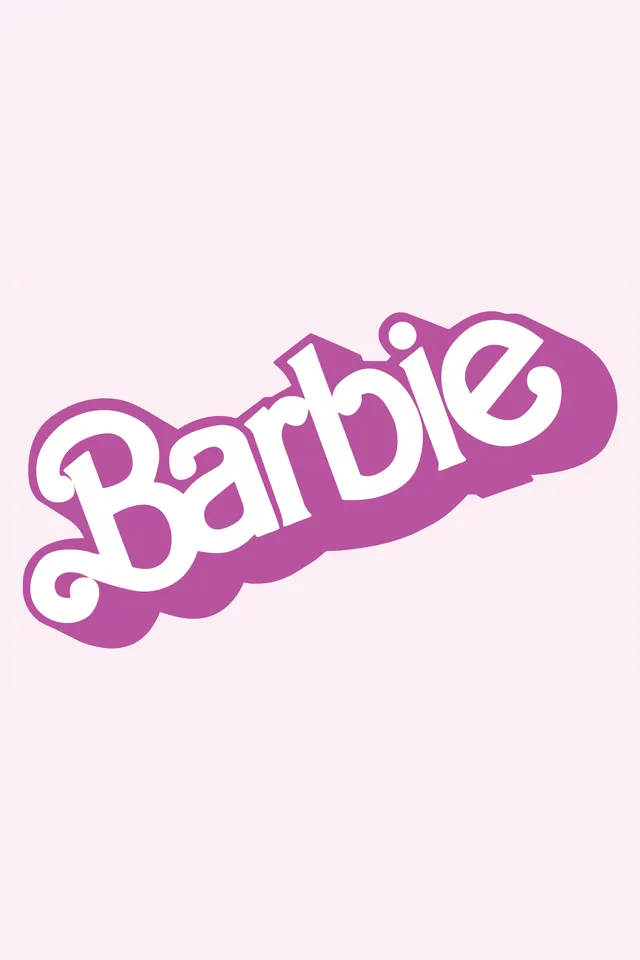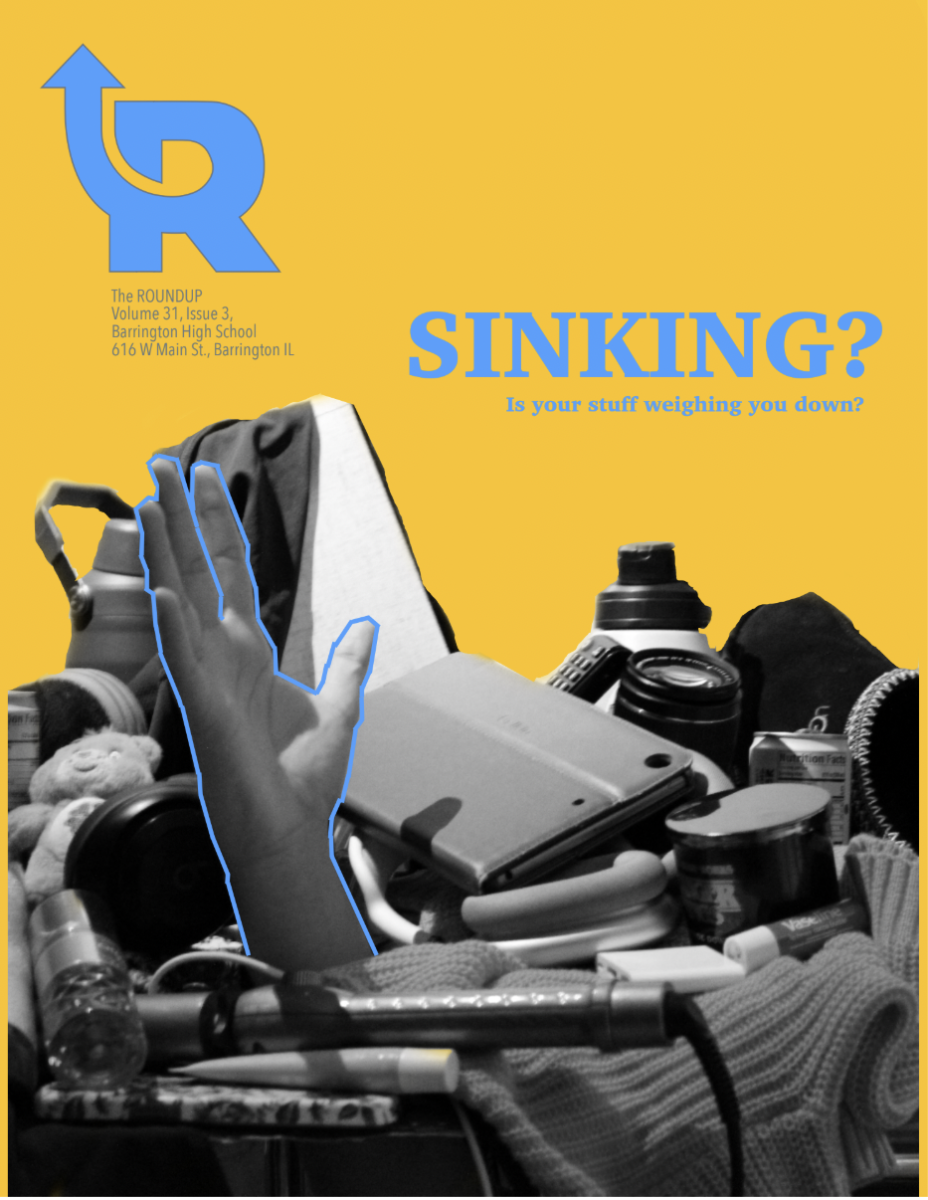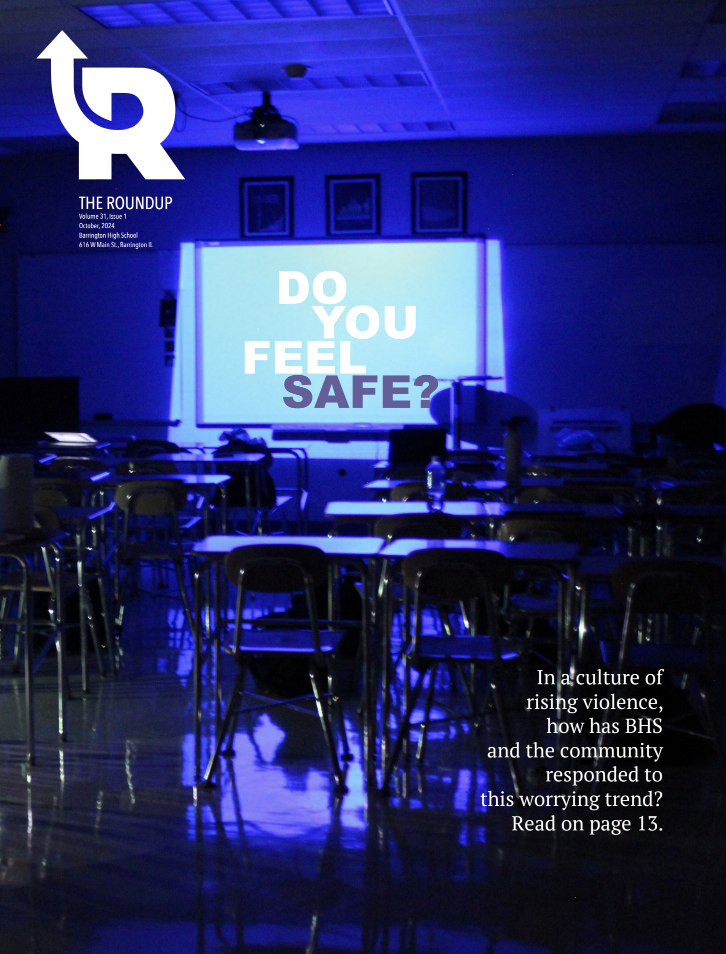Special math struggles over zoom
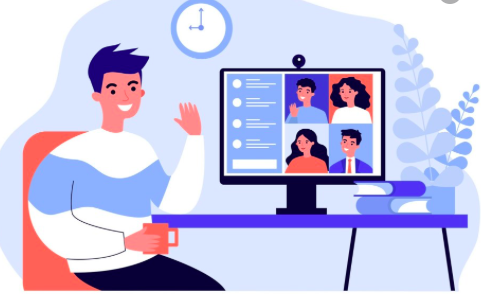
Mr. Rierson scrambles to get his kids dressed and fed before he begins his workday. He begins his day responding to emails and in office hours. However, he is simultaneously entertaining his two young children. At 4 and 1, Rierson’s kids don’t always understand that they need to be quiet while their parents are on Zoom.
As a special education teacher during COVID-19, Rierson’s daily life has taken a sharp turn from normal: he no longer sees his students face-to-face. Lesson planning and communication is more difficult. In addition to all of this, Mr. Rierson’s four-year old son is now joining his one-year old daughter at home, due to Little Broncos quarantining. All of this adds up to a not-so-usual teaching experience.
Mr. Rierson teaches math to students with emotional or learning disabilities. He also manages 20 different students, which entails reaching out to their teachers or helping them if they’re struggling in a class. Due to distance learning, his classes have been fully online, which is a new challenge for him.
“It’s a whole different aspect of teaching and there’s a lot I’m learning. I am learning some new things like technology skills. I’ve considered myself good at technology, but I’m definitely having to learn more apps and ways to engage students across distance learning,” Rierson said.
Rierson is now on Zoom for four to five classes a day, although it varies. This is not the normal routine, and many others students and teachers have said they suffer from Zoom fatigue. Zoom fatigue occurs when someone has been on Zoom for long periods of time with little time break. It can make learning more difficult and drain the energy and motivation from students and teachers.
“I would say I do [suffer from Zoom fatigue] and I mean, who doesn’t? I guess where I differ from the kids is where I have built-in breaks throughout the day, where if someone goes eight straight periods and they have eight straight zooms, that’s a tough plate to handle. I typically wear glasses because staring at a screen all day is hard. Zoom fatigue is real, I think it’s a real thing,” Rierson said.
He has been learning new skills to help him navigate these new learning constraints. Some training was provided by the school, but he has also been able to pick new tech skills up from his fellow teachers.
“So over the summer they offered some different professional development for the teachers. I signed up for a couple just because I knew ‘Hey, I’m not really great at this certain area of like just learning some different apps,’” Rierson said. “I also co-teach a couple classes and I’ve been learning a lot from my co-teacher who’s obviously way more tech savvy than me, and I’ve been able to apply it to my classes that I’m on my own with.”
Although Rierson has definitely had to adapt to some of the technical aspects of online learning, what he feels is the biggest struggle is connecting with his students. There is no more casual classroom setting to get to know students. Desks are very far apart at the school. Communication is made even more difficult than before through masks. Rierson isn’t even at the school to teach currently, forcing all student-teacher interactions to occur through screens. The only one-on-one interactions happen in breakout rooms, and those are often silent occasions.
“The biggest struggle I’ve noticed is it’s so impersonal,” Rierson said. “Do I have relationships with my students? Sure, but it’s not what they would be if we were in person, so that’s really what’s been the biggest struggle for me is just not being able to connect with kids how I typically would. Where I can go around and have a one-on-one conversation with a kid for a quick minute or two in class. I have to set up a zoom call, to have that connection or put them in a private breakout room where the kids like, oh gosh am I in trouble or whatever. It’s just, how do I balance getting to know them and still cover the material that’s expected?”
Although online learning isn’t the only challenge Rierson has been facing. He also has two young children. His daughter was at a seperate daycare facility, but his son would typically go to Little Broncos while his parents worked. Unfortunately, Little Broncos had to quarantine, leaving Rierson’s son at home with him. This means he has to watch his son full time while teaching virtually to his students.
“Well, it’s been a challenge because obviously, you know, having a four-year-old running around the house. Luckily, me and my wife have been able to balance our schedules and make it work. So when I’m not teaching I can be engaged with him, find something for him to do and then when it’s my turn to get on Zoom, she does the same. We’ve been pretty lucky so far,” Rierson said.
Although Rierson isn’t able to go into school to teach, some students are allowed to come into the school to receive extra help and support they may have otherwise not received. However, Rierson isn’t in the building, so it is a flipped situation of what a lot of other classes are dealing with, with the students at home and the teachers at school.
“I have a couple kids that have asked and parents have requested that they just come in for half the day and then I have a couple that come in maybe just two days a week just to kind of be in the building kind of have that feel of normalcy. I mean truth be told, there they’re still on their own in a sense,” Rierson said. “I mean it’s not like they’re coming into my room and I’m able to teach them one-on-one. They have to sit in the Commons and still participate that way.”
Despite the many woes and struggles of online learning, Rierson is continuing to move forward, learning more and more as he goes. He continues to teach, learning new skills. Rierson continues to remain optimistic that he and his students can return to school soon.
“Every class has its own struggle this year and I feel for you guys, I really do,” Rierson said. “Hopefully you’re able to make it work. I know it’s not easy for us to permit, speaking from a teacher’s perspective, we want you guys in, but at the same time we know what’s at stake, too. So we want just everyone to be healthy.”
Your donation will support the student journalists at Barrington High School! Your contribution will allow us to produce our publication and cover our annual website hosting costs.

